Crusty Scab on Dog [7 Causes]
Have you ever petted your fur baby only to discover it has a crusty scab? If so, you’re not alone. Many dogs develop crusty scabs at some point in their lives.
It can be a bit of a mystery as to why.

In this article, we’ll take a closer look at crusty scabs on dogs and what causes them. We’ll also discuss prevention and treatment.
What Causes Crusty Scabs on Dogs?
There can be several different causes of crusty scabs on dogs. Some of the most common include:
Infection
Infections are a common cause of crusty scabs on dogs. Bacteria, viruses, or parasites are common causes.
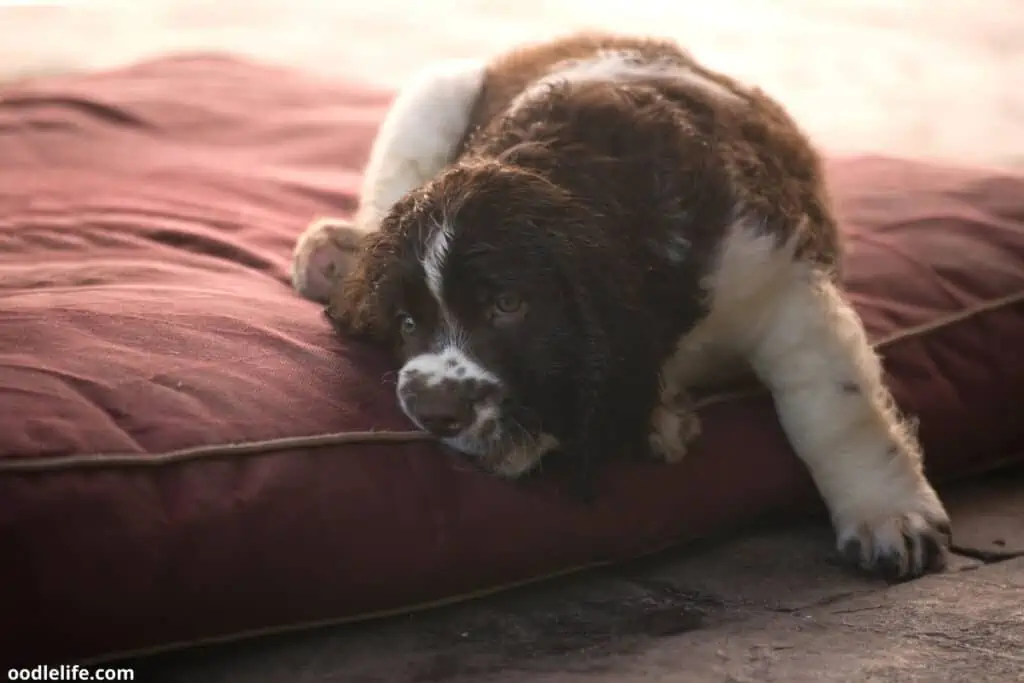
Parasites
Parasites such as ticks and fleas can cause skin infections, as can some types of fungi. When your dog scratches or chews at the scab, it can cause the infection to spread and worsen.
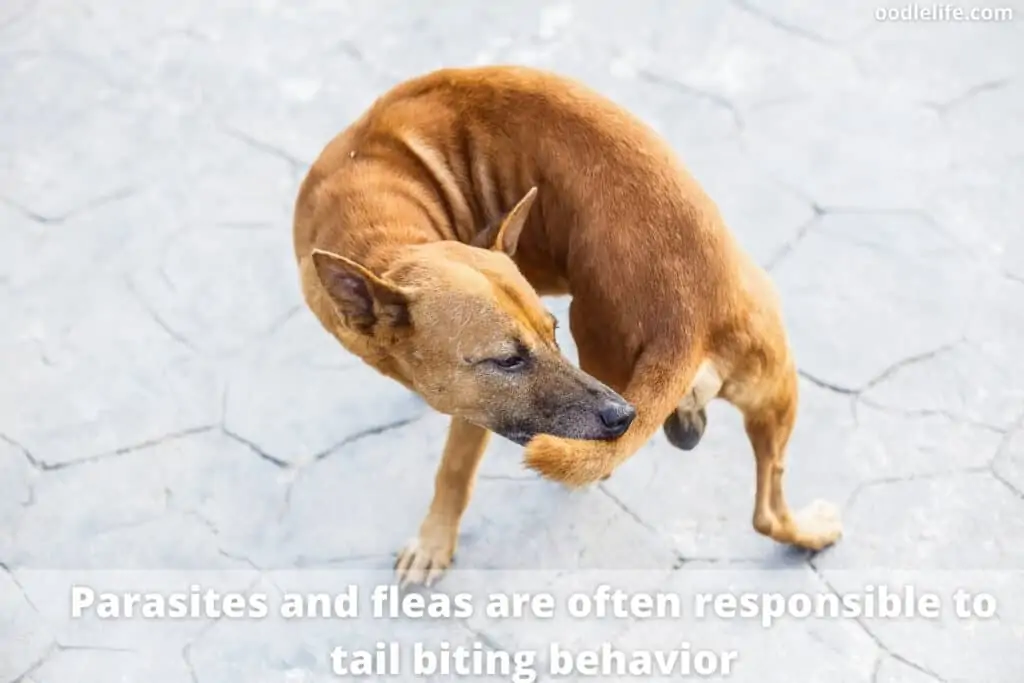
Fleas
Fleas are tiny, blood-sucking insects that can cause many skin problems in dogs, including crusty scabs.
Ticks
Ticks are another common parasite that can cause skin problems in dogs. Ticks can transmit a variety of diseases, including Lyme disease.
Mites
Mites are tiny parasites that nestle into the skin and cause irritation. These vermin can lead to scabs, hair loss, and even skin lesions.
Allergies
Like humans, dogs can develop allergies to many things, including food, pollen, and dust. Your vet can recommend allergy testing to determine your dog’s allergy.
Signs of allergies in a dog may include excessive:
- Scratching
- Licking
- Chewing of the skin
- Hair loss
- Irritation

Sunburn
Too much exposure to the sun can cause a dog’s skin to become sunburned. Sunburns lead to crusty scabs, as well as skin lesions and inflammation.

Autoimmune diseases
Autoimmune diseases such as lupus and discoid lupus can cause the body to mistakenly attack its own skin cells—inflammation results in the development of crusty scabs.
Cancer
In rare cases, crusty scabs on a dog may signify cancer. Cancer can cause inflammation and the abnormal growth of cells, leading to the development of crusty scabs.

Trauma
When your dog is unattended or around other dogs, you may not know how it got injured. Dog fights can lead to bites. Your dog may get caught in a fence or something sharp outside.
Any sustained wound can scab over.
How to Prevent Crusty Scabs on Dogs?
You can do a few things to help prevent your dog from developing crusty scabs.
Regular Baths
We all know that our canine friends love getting dirty and playing outside. Start by keeping your dog as clean and free of dirt and debris as much as possible.
It means regular baths (or at least wipe downs), especially if your dog spends a lot of time outdoors. Wash your dog’s skin regularly with a gentle soap or shampoo. Make sure to rinse off all the suds thoroughly.
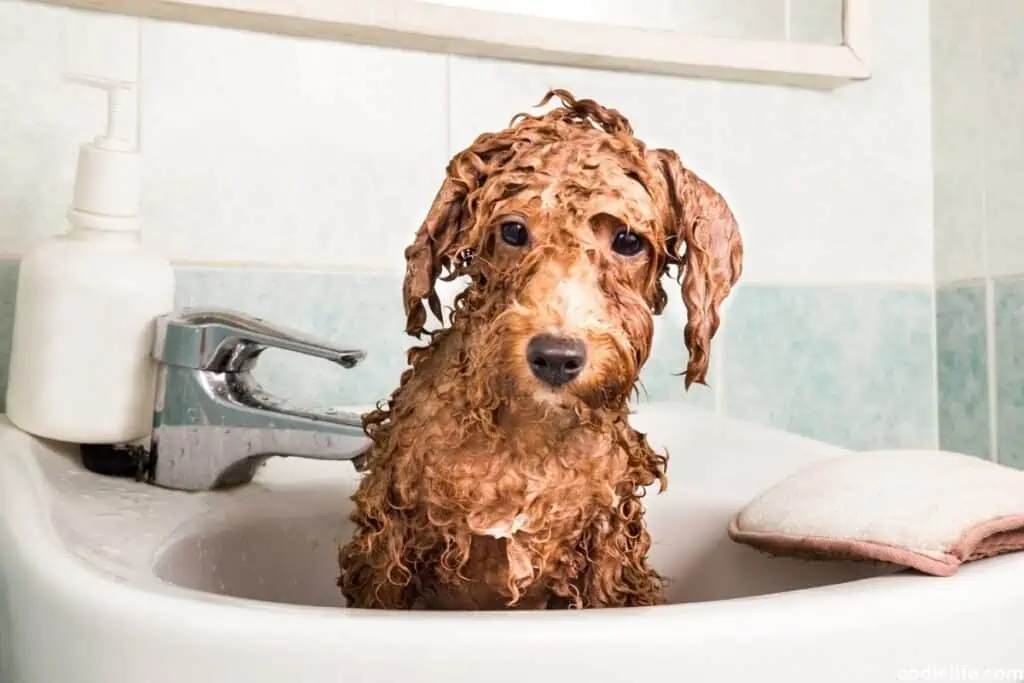
Maintain a Clean and Non-Toxic Environment
The environment your pup lives in should be as clean as the dog itself. Vacuum often and keep your floors free of clutter. If your dog spends a lot of time outside, check for ticks and fleas regularly and treat any infestations.
Avoid exposing your dog to potential allergens. If you know your dog is allergic to something, try to avoid exposure.

Give It a Haircut
Keep your dog’s coat trimmed short. A short coat will help keep the skin and coat clean and free of debris. If your dog breed looks best with long hair, make sure you brush it often to remove any loose hair or dirt.

Stay Updated With Vaccinations
Vaccinate your dog against parasites. Pups can become infected with parasites like fleas, ticks, and worms, leading to crusty scabs.
How to Treat Crusty Scabs on Dogs?
If your dog does develop a crusty scab, there are a few things you can do to help treat it.
Good Hygiene
The most important thing is to keep the area clean and free of infection. Gently wash the scabby area with a mild soap or shampoo.
The best type of mild soap to use is a baby shampoo since it is made for delicate skin. A diluted vinegar solution (1 part vinegar to 4 parts water) also works well to clean the area.
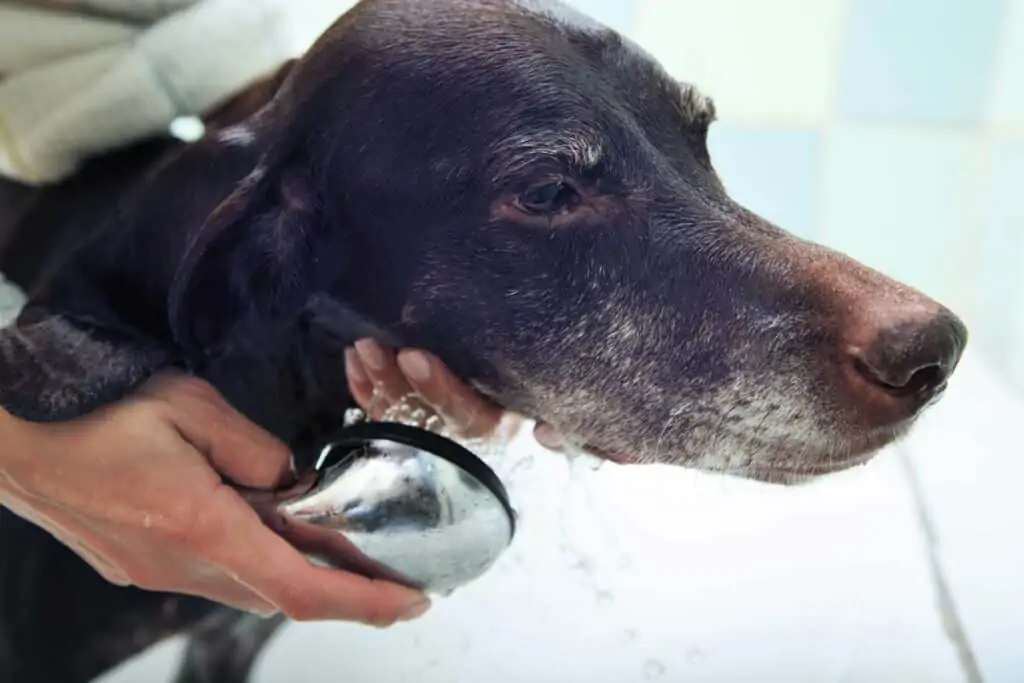
Topical Treatments
In addition, you can help relieve the itch and discomfort caused by applying a topical ointment or cream to the area.
Some of the best topical treatments include:
- Aloe Vera Gel – a natural remedy that can help soothe and heal the skin.
- Calendula Cream – another natural remedy effective in treating skin inflammation and infection.
- Hydrocortisone Cream – a corticosteroid that can help reduce inflammation and itching.
- Antihistamines – help relieve the itchiness caused by allergies.
If your dog’s crusty scab does not improve after a few days of treatment, or if it appears to be getting worse, you should consult your veterinarian. They may prescribe antibiotics or other medications to help treat the infection.
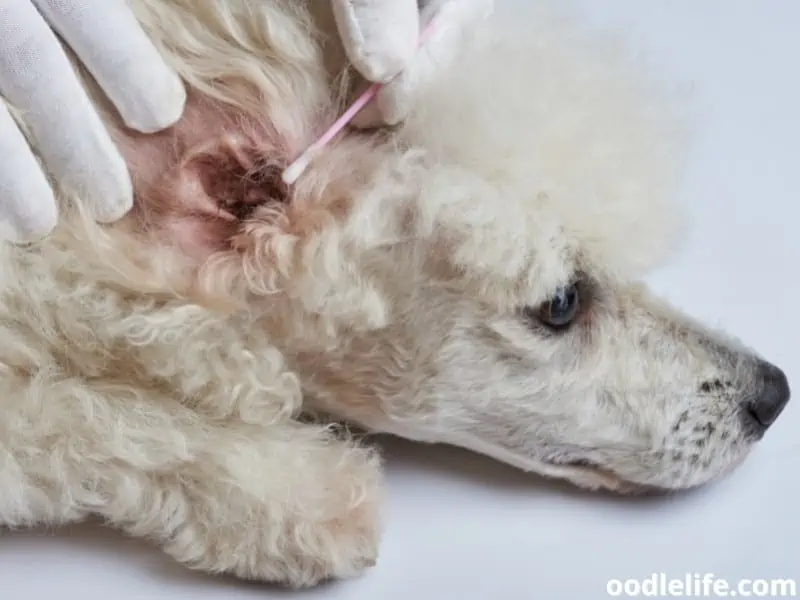
Hydration and Nutrition
Make sure your dog stays well-hydrated. Dehydration can aggravate skin conditions and lead to the development of crusty scabs. Give your dog plenty of clean water to drink.
Supplements such as Omega-3 fatty acids help improve skin health and reduce inflammation.
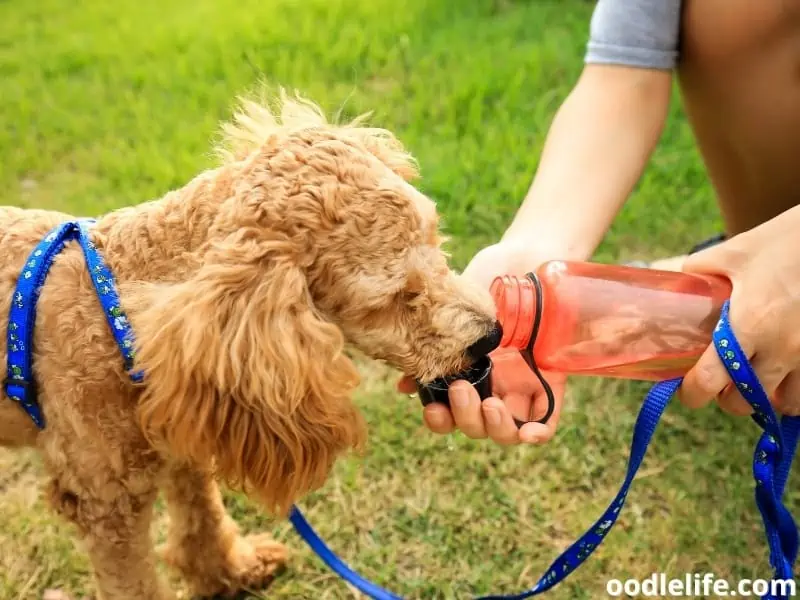
Final Thoughts About Crusty Scabs on Dogs
Crusty scabs on dogs can be a nuisance. Luckily, proper hygiene and treatment can clear them up quickly. Visit your veterinarian if the scabs fail to improve after a few days of treatment or come with other symptoms.
FAQs About Crusty Scabs on Dogs
Q: What causes crusty scabs on dogs?
A: There are many different causes of crusty scabs on dogs, including parasites, allergies, skin infections, and dry skin.
Q: Does age play a role in the development of crusty scabs?
A: Yes, age can play a role in the development of crusty scabs. Older dogs are more prone to developing skin conditions and crusty scabs.
Q: Can crusty scabs be lethal?
A: No, crusty scabs are not usually lethal. However, they can be pretty uncomfortable and irritating for dogs and can lead to other health problems if not treated properly.